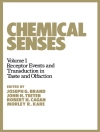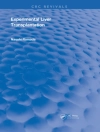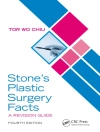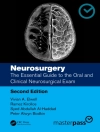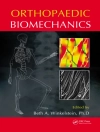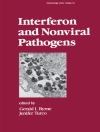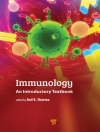Acute kidney injury (AKI), defined as an abrupt decrease in renal function over a period of hours to days, is a common complication among hospitalized patients with different acute diseases. Its incidence has been increasing in recent years and is reported to be very high especially in the acute settings. Since clinical signs and symptoms of acute renal damage are not specific, it is difficult to promptly distinguish AKI at the time of patient presentation. Currently the diagnosis of AKI requires serial assessment of laboratory tests over a period of several days, and is based mainly on the evaluation of serum creatinine (s Cr) and decrease in urine output as supported by Risk, Injury, Failure, Loss, and End-Stage Kidney Disease (RIFLE) criteria, Acute Kidney Injury Network (AKIN) criteria, and the recent Kidney Disease: Improving Global Outcomes (KDIGO) practice guidelines for AKI. Such a need for repeated s Cr evaluations and monitoring of urinary output for too long time after admission could therefore result in a diagnostic delay. With delays in diagnosis, clinicians miss opportunities to start appropriate treatment to minimize damage, and patients incur more severe AKI with subsequent greater risk of developing progression of renal damage leading to chronic kidney disease (CKD), dialysis and increased risk of severe cardiovascular diseases and death.
Salvatore Di Somma & Mina Hur
Neutrophil Gelatinase-Associated Lipocalin [PDF ebook]
from Laboratory to Clinical Utility
Neutrophil Gelatinase-Associated Lipocalin [PDF ebook]
from Laboratory to Clinical Utility
Cumpărați această carte electronică și primiți încă 1 GRATUIT!
Format PDF ● Pagini 205 ● ISBN 9781631179860 ● Editor Salvatore Di Somma & Mina Hur ● Editura Nova Science Publishers ● Publicat 2014 ● Descărcabil 3 ori ● Valută EUR ● ID 7228991 ● Protecție împotriva copiilor Adobe DRM
Necesită un cititor de ebook capabil de DRM


